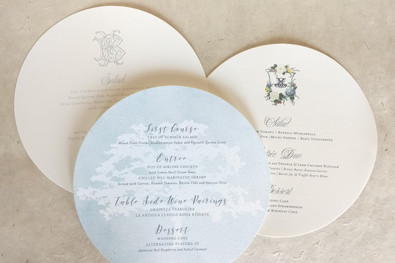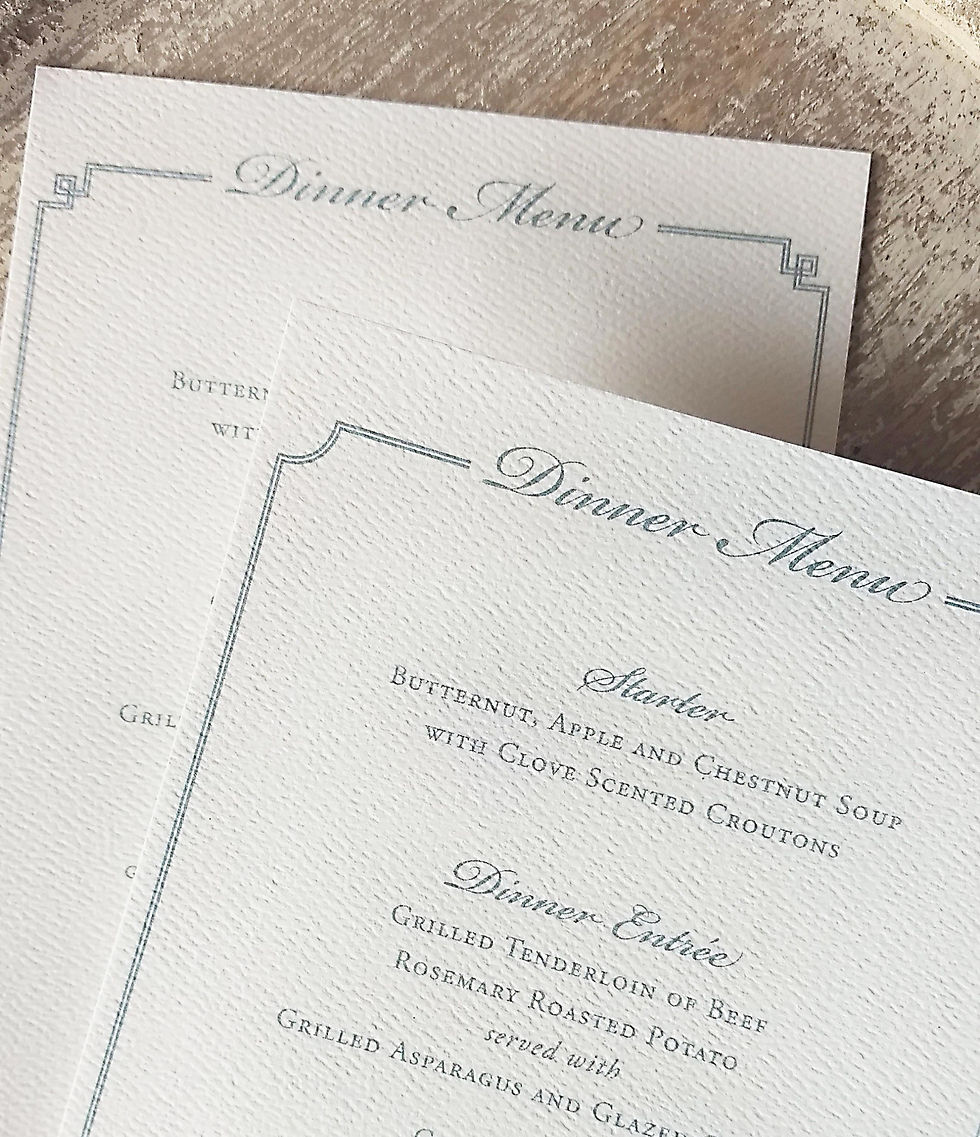- paperdaisies

- Oct 22, 2019
- 2 min read
Updated: Oct 24, 2019
There’s no better way to greet your wedding guests than with a beautifully wrapped welcome box or one-of-a-kind basket full of your love and appreciation (in the form of food and gifts of course). Your guests, especially those who spent hours traveling, will no doubt be grateful for those branded waters and carefully curated snack packs.
Wedding welcome bags and boxes are exciting to think about as they can be such a fun extension of the wedding brand. When it comes to branding your gift we’ve targeted 3 important areas to consider.
The first is the actual vessel that you’ll use. Once the gift items have been chosen, it’s time to figure out what they’ll fit best in. This could be a bag, or a box or even a basket or tote. The type of containment will depend heavily on the budget but also what will best hold them on (size and weight). Regardless of the box used a tag or sticker on the outside will let your guests know that the gift at the hotel lobby is part of the wedding experience. Here are some fun ideas of branded welcome boxes.
The second way to brand your welcome box is to include labels on some or all of the items included in the box. This could include water bottle labels to small tags on tied goods or stickers on bagged items. All options are a great way to share sweet messages, include a hashtag or simply continue the branded theme throughout.
And last but not least is the inclusion of a welcome note and/or itinerary. This branded card will provide a special message along with any important details for the wedding weekend. Be sure to include times, important parking info and wedding contacts (such as a planner). It can also be helpful to share with your guests your favorite restaurants or hot spots.
To get started building your branded token of appreciation visit welcome box in our Online Shop.












































































